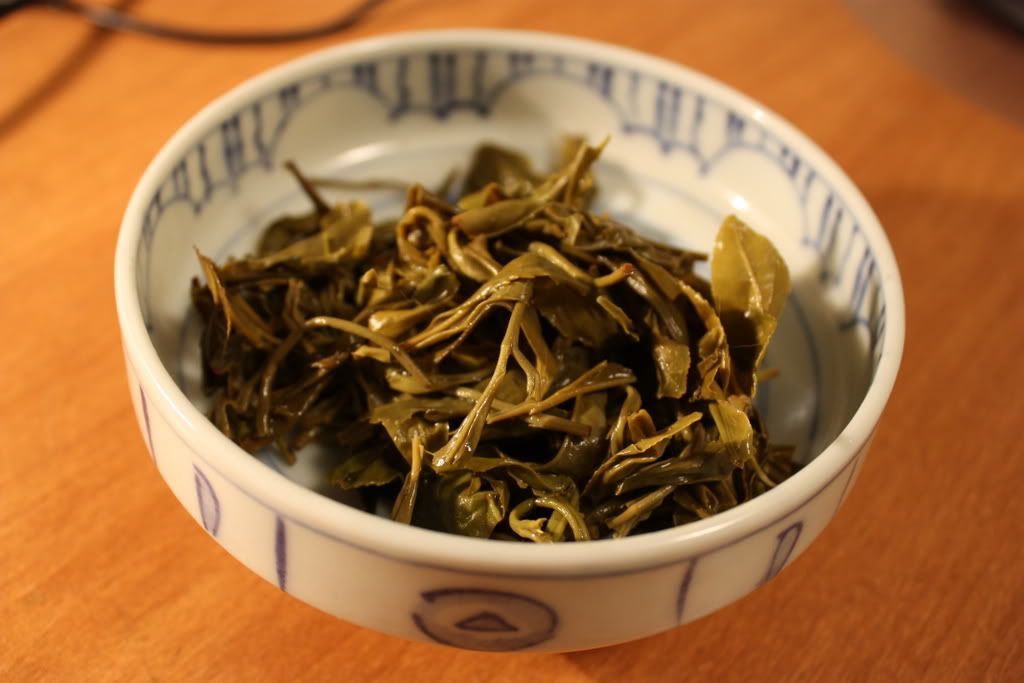especially the red ones that have a plastic lining.
What I’ve found over the years is that if you go out to a tea shop to drink some tea, in this country anyway, more likely than not they use an infuser basket to brew the tea for you. This makes sense to them — it’s easier to clean up and remove all the tea leaves that were used in the process, and so all they have to do is to rinse the pot and it’s ready to go again. All is well, is it not?
The problem, as I’ve mentioned before, is that these things are very good at soaking up smells and tastes, and that what actually happens is that they start to impart a taste to the tea that is made in them. Yesterday, I went to Tea Time in Palo Alto. It’s a nice little shop with lots of interesting English style teacup and saucer sets for sale. It also has a decent selection of tea, and aside from a few items that seem grossly overpriced, such as a $1 a gram Wuyi yancha of unknown provenance, it offers a nice variety and is not entirely filled by your typical “blackberry currant butterscotch mint vanilla tea”.
I ordered some cheaper Wuyi, as I found them to be generally fairly safe when going to a tea shop I’ve never been to before. I sat down and waited for my tea. When it came out, in an English style pot with a cozy, I figured that I am not going to see the leaves — and I was right. It was pre-brewed, which is ok, except that the tea has a slight hint of something else…. maybe vanilla? Peach? I couldn’t tell, and it can be a mix of both. What it almost certainly is though, is that it is the leftover smell from previous teas, usually flavoured teas, that were brewed in the infuser basket. The flavours that those teas have tend to seep into the infuser… which makes for bad tea for everybody else when it’s brewed weakly, which my Wuyi certainly was.
I wish there were more stores out there that will let you brew your own tea, instead of them brewing for you. I actually don’t really understand that, because it’s more work for them, and I’d imagine it’s easier to just let the customers make their own tea. Perhaps it’s a ploy to get us to buy more, because without giving us the leaves, we can’t refill? Or perhaps it’s a fear that the customers will mess it up? I don’t know, but please…. the infuser baskets have to go. There has to be a better way.














 RSS - Posts
RSS - Posts
I took you at your suggestion and have been reading some of your old post-Covid posts. I haven’t been to…